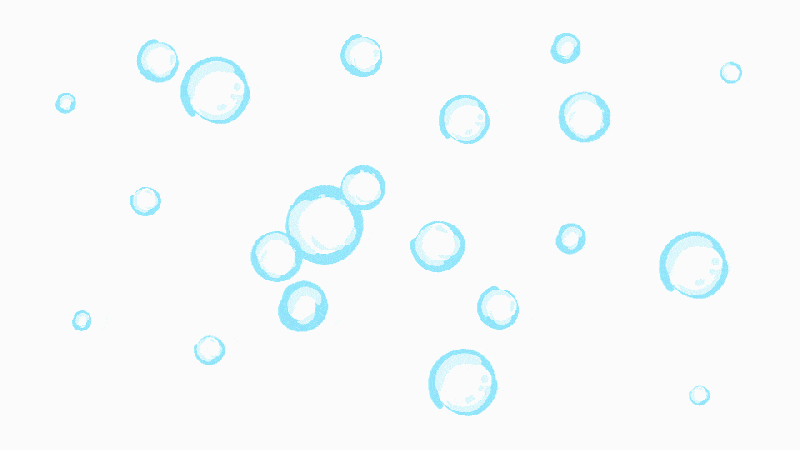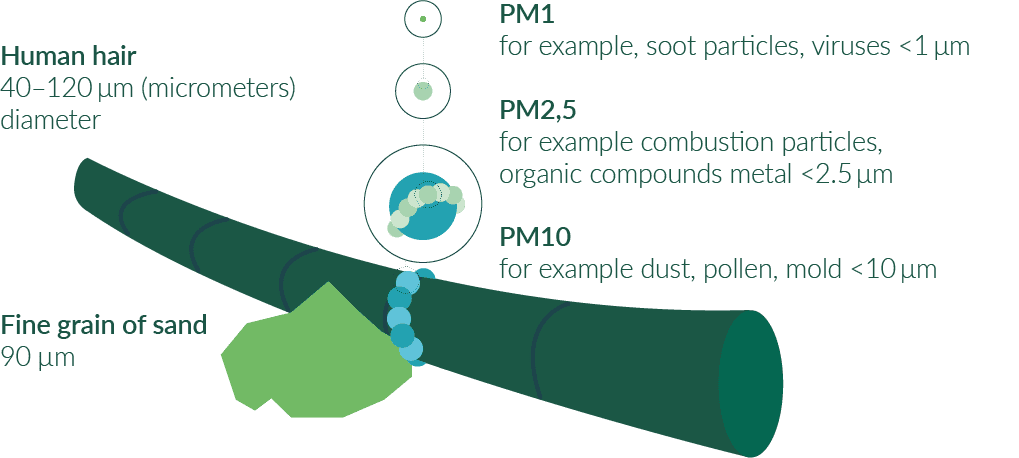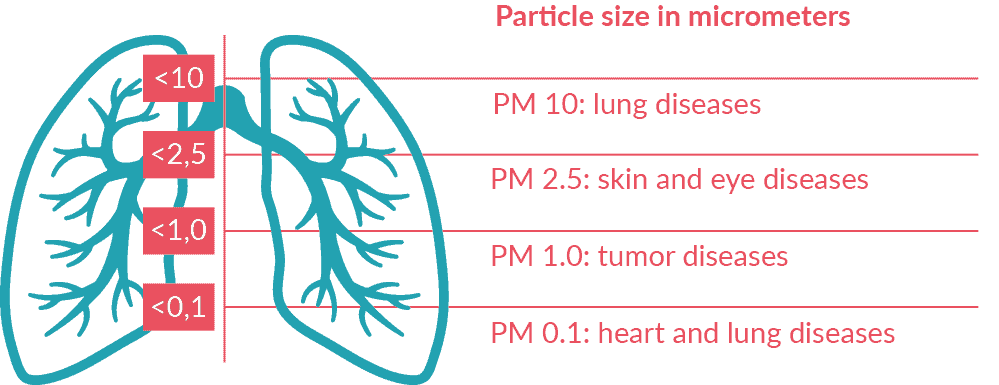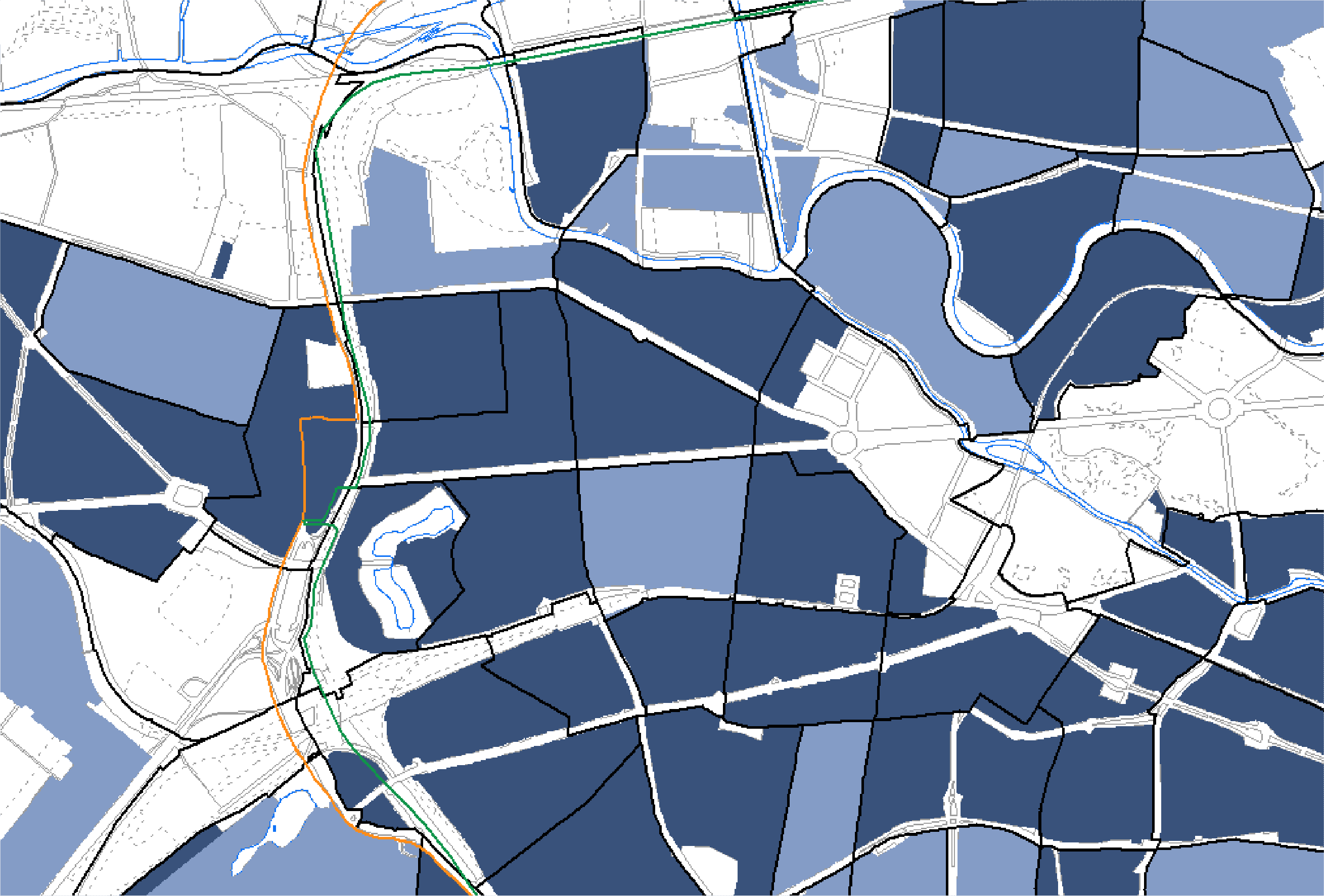CHALLENGE
Local air quality & our health
The lack of fresh cool air in the city is felt most strongly on hot afternoons. The high levels of particulate matter from rush hour traffic and the heat islands that occur due to the combination of lack of shade and strong sunlight have serious health effects. These environmental influences hit children, the elderly and those with previous illnesses the hardest, because they are particularly prone to lung diseases and overheating.
PROBLEM FINE DUST
Air pollution is one of the biggest urban environmental problems and has serious implications for human health. According to the World Health Organization, over 91% of people in cities breathe polluted air with levels above recommended limits¹. Polluted air, and especially the fine dust it contains, attacks all human organs, leading to everything from heart and lung problems to dementia, cancer and skin diseases. According to the European Environment Agency, 253,000 people die prematurely each year in Europe as a result of polluted air², and more than 8 million³ worldwide.
At Green City Solutions, we want to tackle this environmental problem head-on and make a positive contribution to sustainable, healthy urban development.
With this goal in mind, we have developed the world’s first regenerative Bio-tech filter to quantifiably improve the air quality.
¹,³ WHO | ² Europäisches Umweltamt
Fine dust in detail
What is air pollution?


Air pollution can be caused by solid particles such as soot or gases like nitrogen dioxide. In the city, particulate matter makes up a large part of air pollution. It consists of a complex mixture of tiny particles. The nasty thing about it is that you can usually neither see nor smell it.

Source: Micronairblue
Health impact
Depending on the particle size, fine dust penetrates the body to different depths. Regular exposure to fine dust causes the tiny particles to accumulate in the body over the years and can trigger a range of diseases. The most common health consequences include lung and cardiovascular diseases. But even short stays in polluted cities already lead to a significantly increased risk of a stroke, as reported by the specialist magazine ‘Neurology’.

Source: Micronairblue, Federal Environmental Agency
Urban air pollution
Example Munich
13
micrograms
per cubic meter is the average concentration of particulate matter (PM2.5) in Munich.
Which is equivalent to
215
cigarettes
that a person in Munich smokes each year,
on average.
PROBLEM HEAT ISLANDS
The lack of air circulation and comprehensive greening concepts in the city not only leads to fine dust hotspots, but heat also clogs up between buildings on hot days. So-called urban heat islands develop. Even at night, it often does not cool down because the dark buildings and streets store and release the heat. Advancing climate change is adding fuel to the problem. Serious damage to human and natural health is the result. The cardiovascular system in particular suffers from the enormous heat stress in cities. According to the European Environment Agency, heat waves will soon be responsible for 130,000 premature deaths in Europe every year.
We are creating green oases of fresh air that are not only pleasantly cool, but also smell wonderfully like forest.
The main causes
Heat islands are formed in the city through a combination of factors. The absence of greening concepts and adequate air circulation is fundamental to their creation. Advancing climate change is increasingly exacerbating the problem.
Heat islands and fine dust
The one causes the other
The lack of fresh cool air in the city is felt most acutely during hot afternoons. A lack of air circulation and insufficient greening concepts in the city not only lead to fine dust hotspots, but heat also clogs up between buildings in the summer. Notably, problematic heat accumulation occurs predominantly in areas with elevated fine dust concentrations. This poses a heightened risk to vulnerable groups such as children, the elderly, and individuals with pre-existing conditions, who are particularly susceptible to respiratory issues and overheating due to these environmental factors.
Example: Berlin Charlottenburg

The red-colored areas indicate a strong heat island effect in Berlin Charlottenburg.

The dark blue-colored areas indicate high levels of air pollution caused by fine dust (PM2.5) and NO2 in the same area.
Source: Geoportal Berlin
Example: Berlin Charlottenburg

The red-colored areas indicate a strong heat island effect in Berlin Charlottenburg.

The dark blue-colored areas indicate high levels of air pollution caused by fine dust (PM2.5) and NO2 in the same area.
Source: Geoportal Berlin



